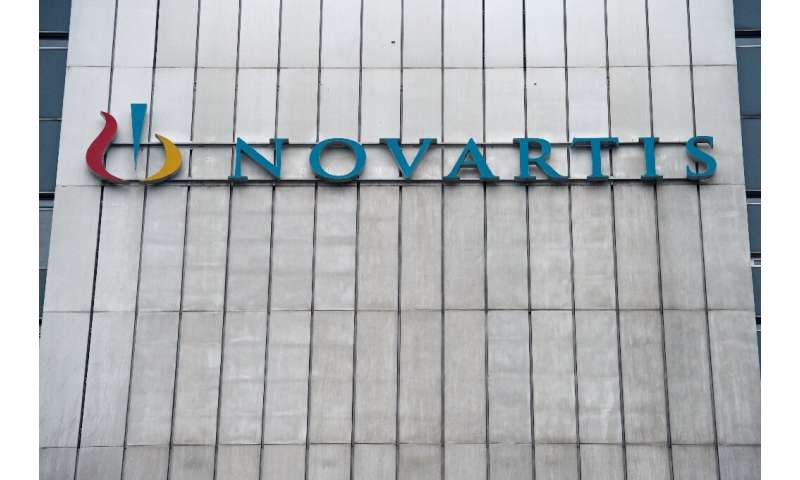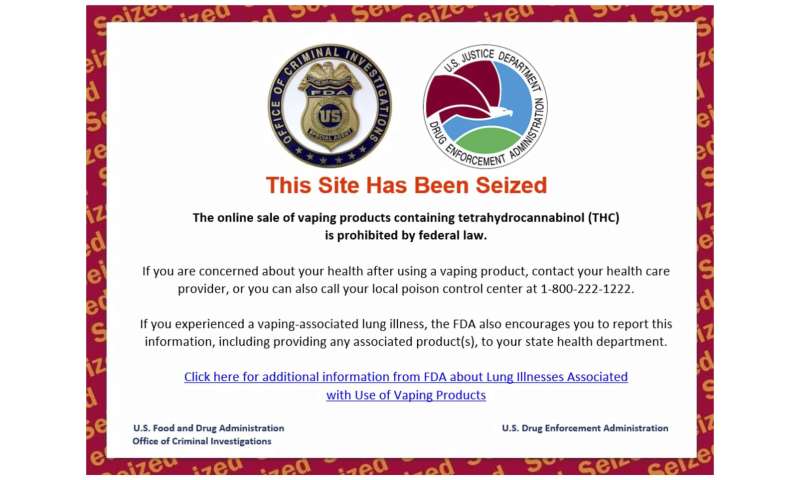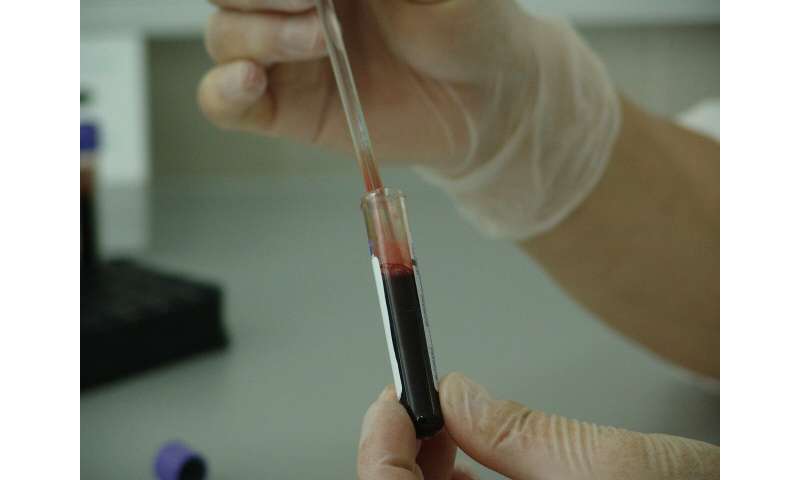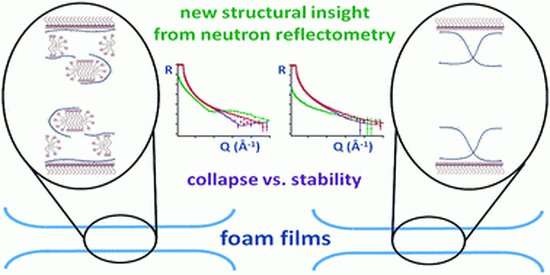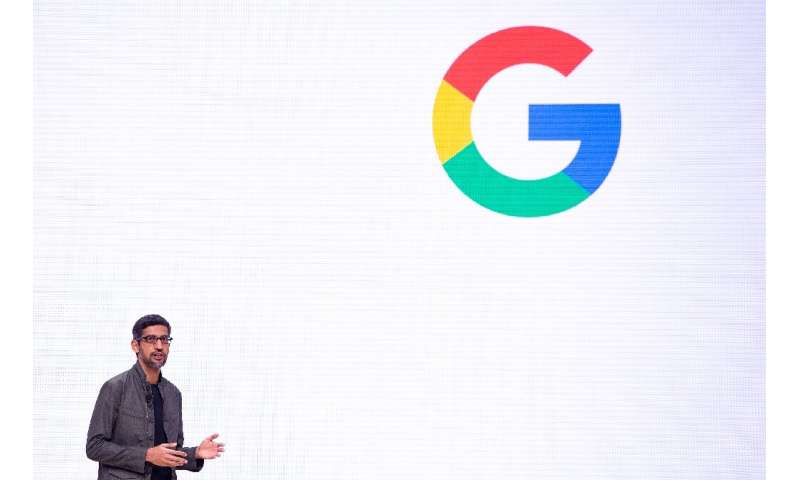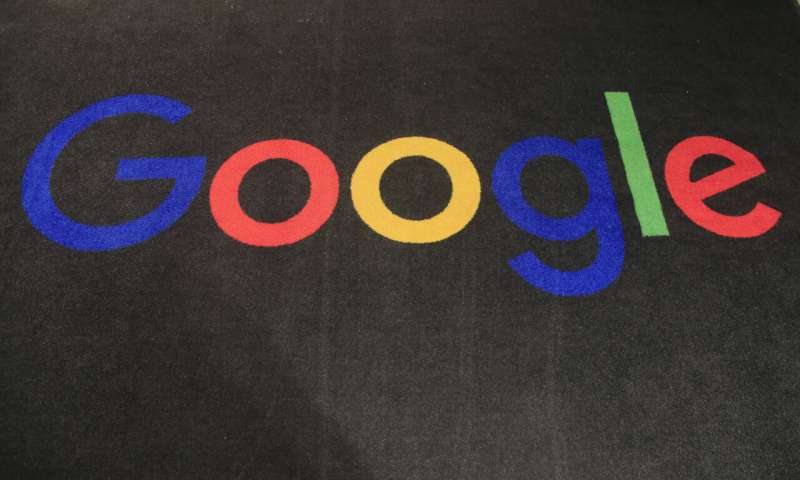Flickr is losing money, and CEO Don MacAskill is asking users of the photo sharing website for financial help

It's rare for a tech company to let people in on a dirty little secret. Many of them lose lots of money in their pursuit of customers.
So, it was refreshing to read this honest take on the fate of photo enthusiast website Flickr from the company's owner, Don MacAskill, on Thursday.
So, it was refreshing to read this honest take on the fate of photo enthusiast website Flickr from the company's owner, Don MacAskill, on Thursday.
His plea begins like this: "Flickr—the world's most-beloved, money-losing business—needs your help."
MacAskill wants people to sign up for $50 yearly subscriptions, which he's offering at holiday discounts of $36, and notes that the price will be going up next year.
In his note, he talks about how his family-run firm SmugMug two years ago bought Flickr from Yahoo, where it "was losing tens of millions of dollars a year." He says SmugMug rescued the company, and saved "tens of billions" of photos from being erased.
"So, we took a big risk, stepped in, and saved Flickr. Together, we created the world's largest photographer-focused community: A place where photographers can stand out and fit in."
How dire is the situation?
"It's not that dire," MacAskill tells U.S. TODAY. "But we do need to get more cash in the door."
He says less than 1% have signed up for the Pro accounts, and that if he could get just over 1%, that would be enough to keep the lights on.
More importantly, MacAskill says he wrote the letter to get honest feedback from customers on whether they're interested in Flickr continuing. "Is this the right way to go? We're about to find out."
Flickr is one of the earliest photo sharing sites, and was purchased by Yahoo in 2005, and it fell on hard times. Yahoo's new owner Verizon sold it to MacAskill in 2017.
But Flickr is still losing money. His solution to make it viable was to eliminate free accounts for storing thousands of photos and convert users into paying customers, at $50 yearly. That change began at the beginning of the year.
"It's losing a lot less money than it was," he says. "But it's not yet making enough....We cannot continue to operate it at a loss as we've been doing."
Flickr is home to over 100 million accounts and tens of billions of photos, he says, offering ad-free browsing and sharing that doesn't include social media tracking, like Facebook.
"We've gone to great lengths to optimize Flickr for cost savings wherever possible, but the increasing cost of operating this enormous community and continuing to invest in its future will require a small price increase early in the new year, so this is truly the very best time to upgrade your membership to Pro."
What happens if customers don't respond?
He says he has several backup plans. "This is a way to find out if we need to go to one of them."
